Yes, you can use a coffee table as a TV stand. Many people do this in studio apartments or minimalist homes.
This trend breaks old furniture rules. You get a modern look while solving real problems. Small spaces, tight budgets, and bulky media consoles push us to think differently.
A low coffee table creates an open feel and works perfectly for floor seating. Let's explore how to make this setup work for you.
Can You Put a TV on a Coffee Table?
The answer is a qualified yes. You're choosing style over traditional function when you make this choice.
A coffee table creates the low-profile look people love. Your living room feels more open. The TV doesn't dominate the space like it would on a tall stand.
However, TV stands are built for this job. They support weight safely, position screens at eye level, manage cables, and store equipment. Coffee tables lack these features.
This means using a coffee table requires intelligent adaptation. You need to work around its limitations. Consider weight capacity, viewing angles, and where cables will go.
Benefits of Using a Coffee Table as a TV Stand
Using a coffee table for your TV offers surprising advantages. Let's explore why this unconventional choice works so well for many people.
Space-saving
Small apartments need smart solutions. A coffee table doing TV duty means one less piece of furniture. Your living room breathes easier without the extra bulk.
Unique Look
This setup creates a fresh, modern aesthetic. Traditional media consoles often look heavy and dated. A low coffee table keeps your TV from dominating the room. The result feels intentional and uncluttered.
Functional
Quality coffee tables handle the TV weight without problems. Many offer shelves or drawers for remotes and devices. You're maximizing furniture, that's already your room's focal point. Plus, the lower height works great for floor seating or kids' viewing.

Considerations for Using a Coffee Table as a TV Stand
Before you set up your TV on a coffee table, several factors need careful thought. Making the right choices here determines whether this setup enhances your space or creates problems.
Weight Capacity
Your table must safely support everything you place on it. This means the TV plus all your devices and accessories.
Start with the manufacturer's specifications. Check underneath for a sticker or consult your product manual. These numbers give you a safe weight limit.
Can't find specs? Your table's material offers good clues:
- Solid hardwood: 150-250+ pounds
- Engineered wood/MDF: 70-120 pounds
- Glass tables: Varies widely (check specs)
- Rattan/wicker: Not suitable for TVs
Consider your equipment's weight. A modern 65-inch LED TV weighs 50-60 pounds. Add your cable box, gaming console, and sound system. That total needs to stay well under your table's limit.
Stability
An unstable TV setup creates serious safety risks. This matters even more in homes with children or pets who might bump the furniture.
Your table's surface must extend beyond the TV base by several inches on all sides. A TV hanging over any edge is a tipping hazard waiting to happen.
Before placing your TV, test the table thoroughly. Apply firm pressure to different spots, especially corners. Watch for wobbling, swaying, or creaking sounds. If the table moves at all, it needs reinforcement or isn't suitable.
Cable Management
Tangled wires destroy the clean aesthetic you want. They also create dangerous tripping hazards across your living room floor.
Unlike TV stands, coffee tables offer no built-in cable management. Every cord from your TV to wall outlets remains visible. Smart solutions can help:
- Cable sleeves bundle wires into one neat tube
- Adhesive clips route cables along the table legs
- Cable boxes hide power strips and excess length
- Wireless devices reduce the overall cable count
Ventilation
Electronic devices generate heat that needs proper escape routes. Poor ventilation leads to overheating, performance issues, and shortened device lifespan.
Each component needs open space on all sides, especially above. Hot air rises, so top clearance matters most. Allow at least 3-4 inches above each device.
Never stack components directly. This blocks cooling vents and creates heat pockets. Side-by-side placement works better than vertical stacking.
Closed storage requires special attention. Without modifications, heat builds up quickly inside cabinets. Solutions include cutting ventilation holes, adding mesh panels, or installing quiet cooling fans.
Aesthetics
Your setup should look deliberate and polished. A TV sitting awkwardly on a coffee table screams "temporary solution."
Choose a table that matches your room's style. Modern spaces suit sleek glass or metal tables. Traditional rooms need wood that complements existing furniture.
Add coordinating storage underneath. Woven baskets, fabric bins, or wooden crates organize remotes and accessories while enhancing visual appeal.
Height
Viewing height presents the biggest ergonomic challenge. Proper positioning prevents neck strain and ensures comfortable viewing.
Ideal TV height puts the screen center at seated eye level, typically 42-50 inches from the floor. Standard coffee tables sit just 16-18 inches high, creating a significant gap.
This low position forces constant downward viewing angles. Your neck tilts unnaturally, causing fatigue and discomfort during extended watching. Consider raising the TV with a riser or choosing a taller table style.

How to Convert a Standard Coffee Table into a TV Stand?
Ready for a weekend project? Converting your coffee table creates a custom TV stand that fits your exact needs.
DIY modification solves the problems regular coffee tables have. You'll add stability where it's weak. You'll build cable management. You'll update the look to match your style.
Focus on three improvements: structural reinforcement for safety, built-in wire management, and aesthetic updates. These changes transform a basic table into a functional media center that looks intentional.
Materials and Tools
- A sheet of thin plywood or a hardboard panel for the back
- Scrap wood (e.g., 1x2s or 2x4s) for supports
- Wood glue
- Screws or a nail gun
- A drill with a hole saw or a large spade bit
- Sandpaper
- Primer and paint
- Measuring tape and pencil
Step-by-Step Guide
These simple modifications will transform your coffee table into a sturdy TV stand.
Measure and Cut the Back Panel
Start by measuring your coffee table's back opening. Note the exact height and width between the legs.
Cut plywood to these dimensions. It should fit snugly against the back legs and frame. Test the fit before moving forward. A tight fit prevents wobbling later.
Add Structural Reinforcement
A back panel helps, but you need more support for real strength. Use wood strips that match your table's existing structure.
Cut horizontal pieces to fit between the back legs. Add vertical supports connecting the top shelf to the bottom. Apply wood glue first, then secure with screws. Pre-drill holes to prevent splitting. This reinforcement eliminates wobbling and creates solid support for your TV.
Attach the Back Panel
Run a bead of wood glue along the table's rear edges and your new supports. Position the plywood panel carefully against the back.
Secure it with screws spaced evenly around the edges. Countersink the screws slightly for a cleaner look. This enclosed back transforms your table's stability completely.
Create Cable Access Ports
Plan where each device will sit. Mark cable hole locations on the back panel accordingly.
Use a hole saw sized for your cables. Position holes a few inches from the table surface. Sand the edges smoothly to protect cable coatings. Multiple smaller holes often work better than one large opening.
Prepare and Paint
Sand all surfaces starting with medium-grit paper. Follow with fine-grit for smoothness. Wipe away all dust with a tack cloth.
Apply primer and let it dry completely. Add two thin coats of paint rather than one thick coat. Allow proper drying time between coats.
For best results, use furniture-grade paint. A foam roller creates a smoother finish than brushes. This whole project takes a weekend, with most time spent waiting for paint to dry.
Conclusion
Using a coffee table as a TV stand requires careful balance. You're weighing minimalist style against safety and function.
This setup can absolutely work. But it's not a casual decision. Real challenges exist around stability, height, and cable management.
Success means being honest about your table's limitations. Then, fixing them through careful selection, reinforcement, or smart accessories.
Check these critical points: weight capacity, stability, viewing comfort, cable solutions, and household safety. You need confidence in all areas.
When done right, this unconventional choice creates a unique, functional space. Just make sure you've addressed every concern first.
Related Reading:
Furniture Alternatives for TV Stands
Can You Use a Sideboard as a TV Stand?
Can You Put a TV on a Console Table?


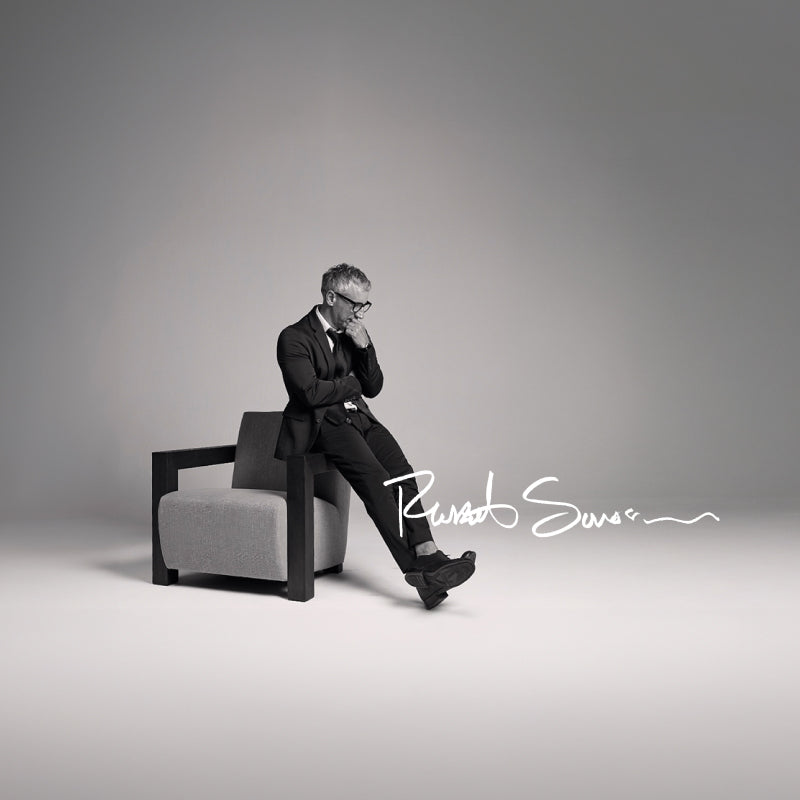
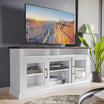
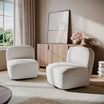
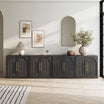
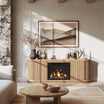


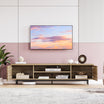
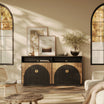
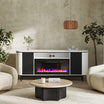
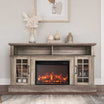
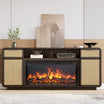
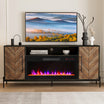
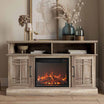
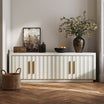
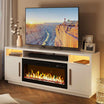
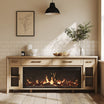
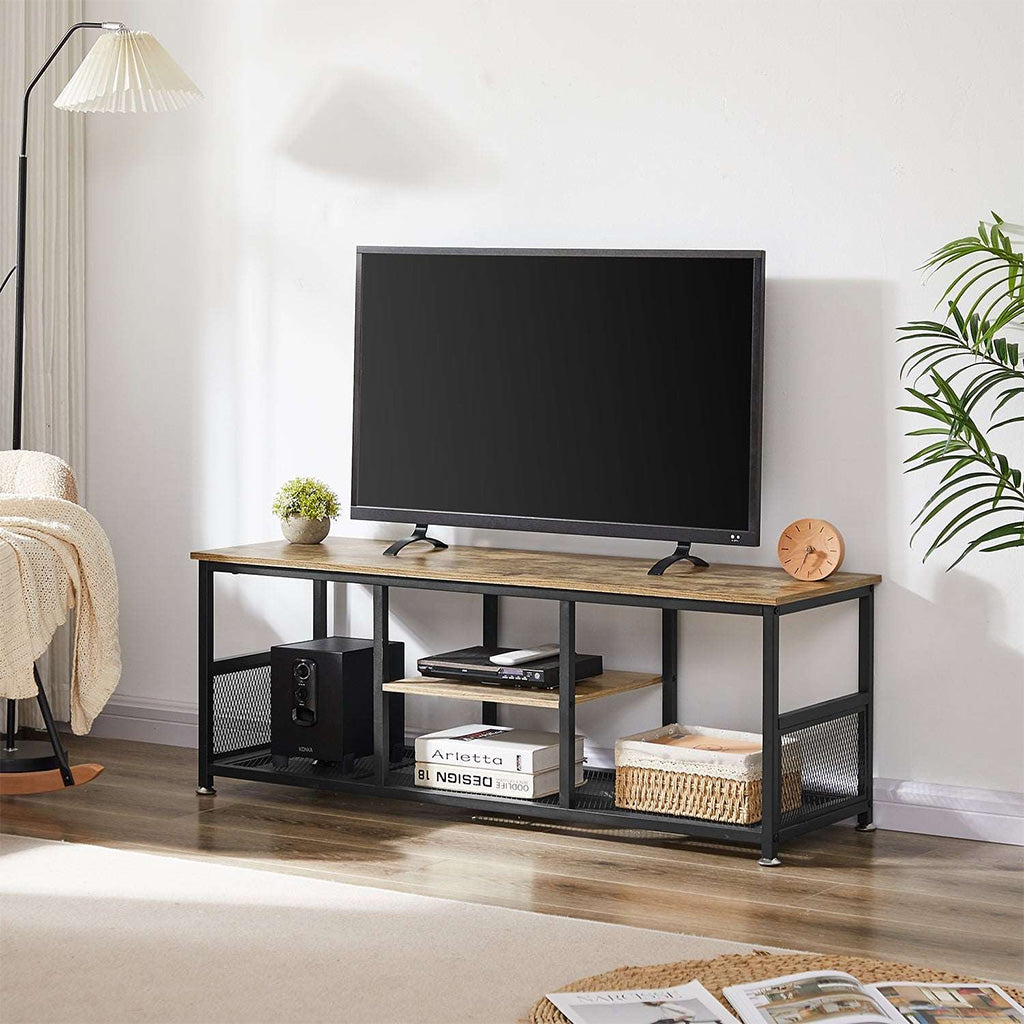
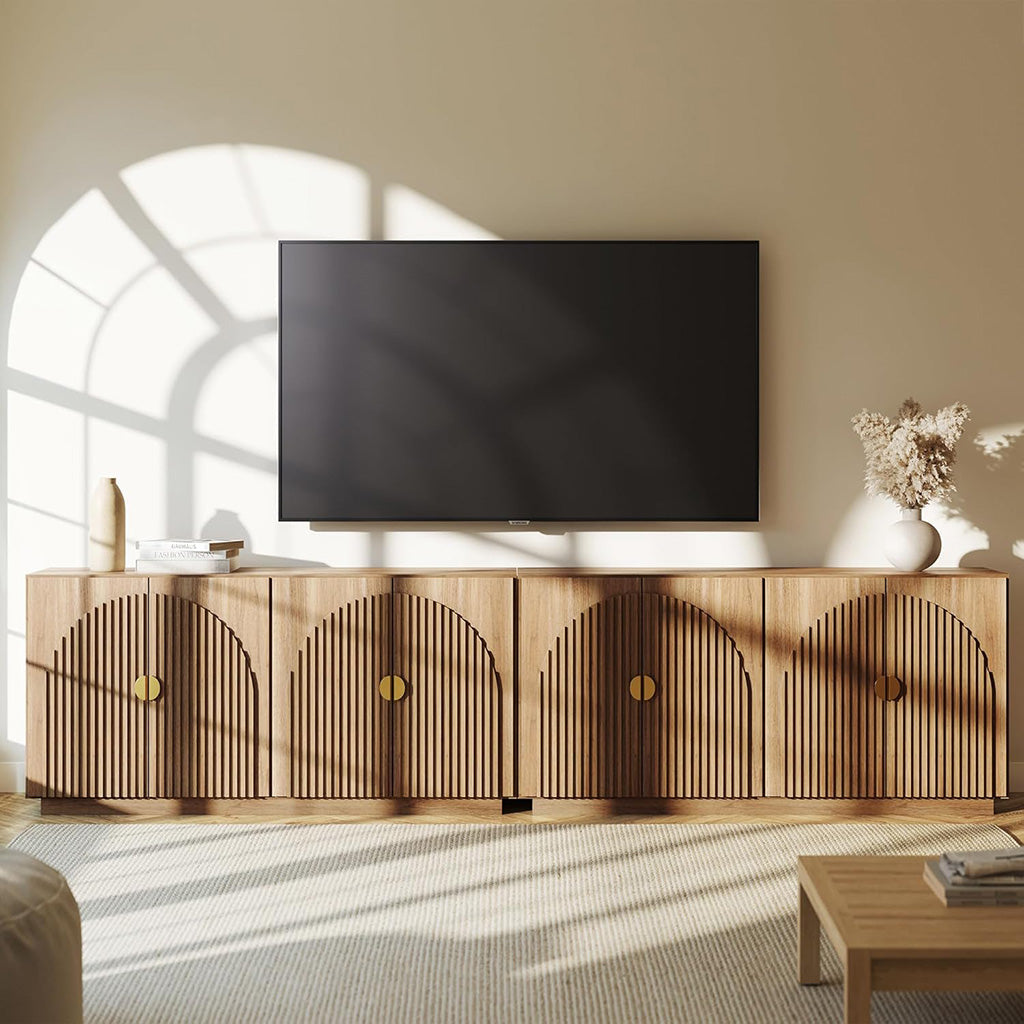
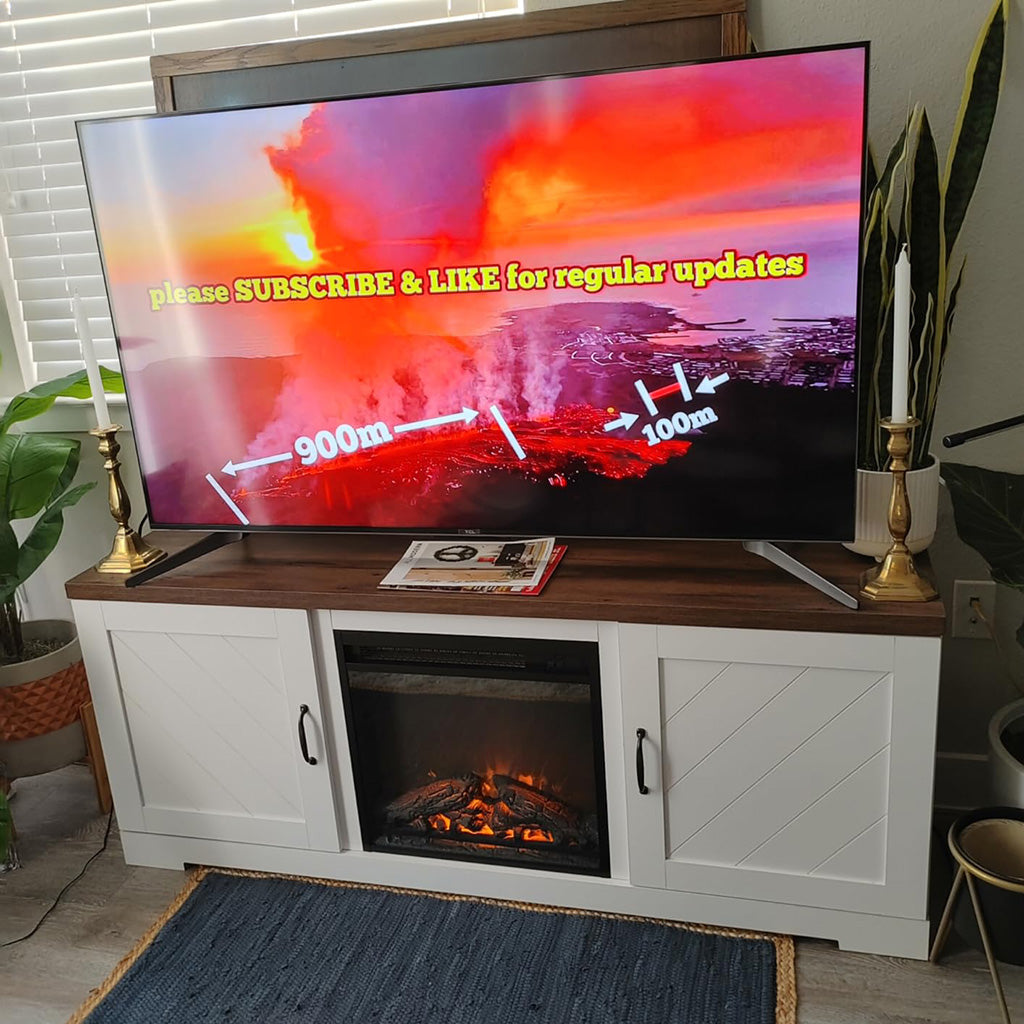
Leave a comment
This site is protected by hCaptcha and the hCaptcha Privacy Policy and Terms of Service apply.